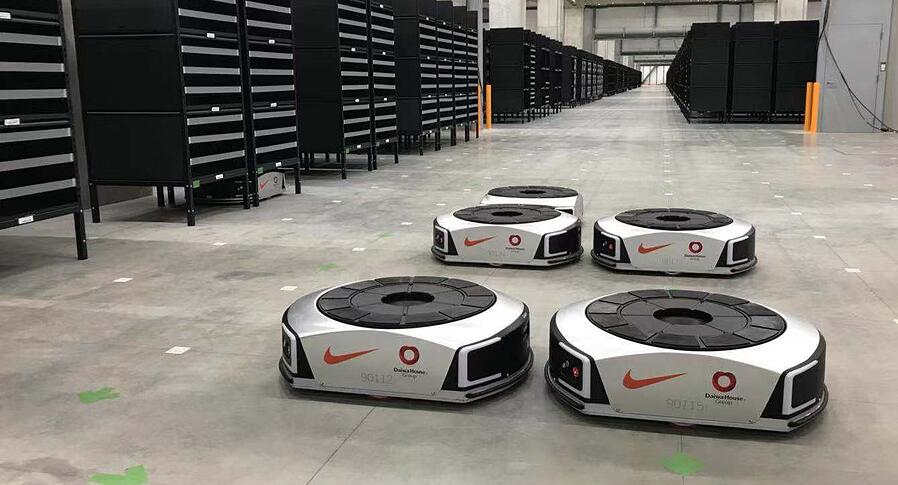Multi-tier shelving will improve warehouse efficiency by allowing simultaneous order picking on several tiers to reduce order throughput times, writes Edward Hutchison, managing director of BITO Storage Systems.
Many companies operate shelving and racking systems for storage and order picking on a single-level of their warehouse. So we were interested to see a high level of visitor interest in BITO’s multi-tier display on the company’s stand at the IMHX exhibition in Birmingham last September. It reflects the growing interest, which we have observed of late, in using multi-level systems for picking and storage of non-palletised goods and small parts stored in bins and cartons.
There are many good reasons for this. Manual shelving–based multi-tier installations are simple and the investment amounts to a fraction of the sum required for an automated system. But, like automated storage and retrieval systems, they make good use of otherwise redundant ‘airspace’ in a warehouse to provide extensive storage space on a small.
Achieving this density is important: floor space is expensive and often scarce in urban areas, where a vertically oriented warehouse is often the only way ahead.
E-commerce businesses offer a prime example of companies requiring space to process constantly rising volumes of orders. They also prefer to locate warehouses close to their customers to help fulfil shorter order lead times, which is often in these costly, urban areas.
A multi-tier solution may allow a company to keep its entire inventory in one area instead of operating several facilities in different locations. Creating a centralised warehouse in this way makes for easier inventory management, while also reducing overheads.
A typical multi-tier shelving installation of two or three storeys might, for example, place a high-turnover item pick zone on the bottom tier, and put lower-turnover items higher up. Board or mesh floor deck walkways on the different levels can be linked to each other by stairways and/or lifts for convenient access. Picking operations on multi-tier installations can be further optimised with a number of transfer options such as lifts, pallet transfer positions (with a pallet gate) or spiral chutes that help optimise the workflow between order picking areas and despatch zones by gently transferring products from one level down to the next.
Different load capacities and various lengths, depths and widths of shelves give significant flexibility to store a broad and varying product range. Shelves that can be easily adjusted every 25 mm will allow the storage of a variety of sizes of products. A 40 mm high shelf will have a load capacity of up to 300 kg; low-height, 25 mm shelves, which give more storage occupancy within a given height, will be good for loads up to 150 kg.
A perforated shelf will allow water and air to penetrate to give added fire protection. They are useful where sprinkler systems must be installed or for deep-freeze stores to ensure that goods are thoroughly cooled. In addition, perforated shelves let light through, creating a brighter and more pleasant working environment.
Dividers can be slipped on a shelf to help organise stock simply. They can be easily moved to change the size of compartments and can clearly identify new products, for example, at a glance or separate product lines or returns.
Integrating a multi-tier installation into a broader intralogistics solution enables efficient, valuable usage of space by indirectly multiplying the available space in the building. In addition, since multiple tiers can be worked simultaneously. So, it also becomes possible to process significantly more orders in the same amount of time.






